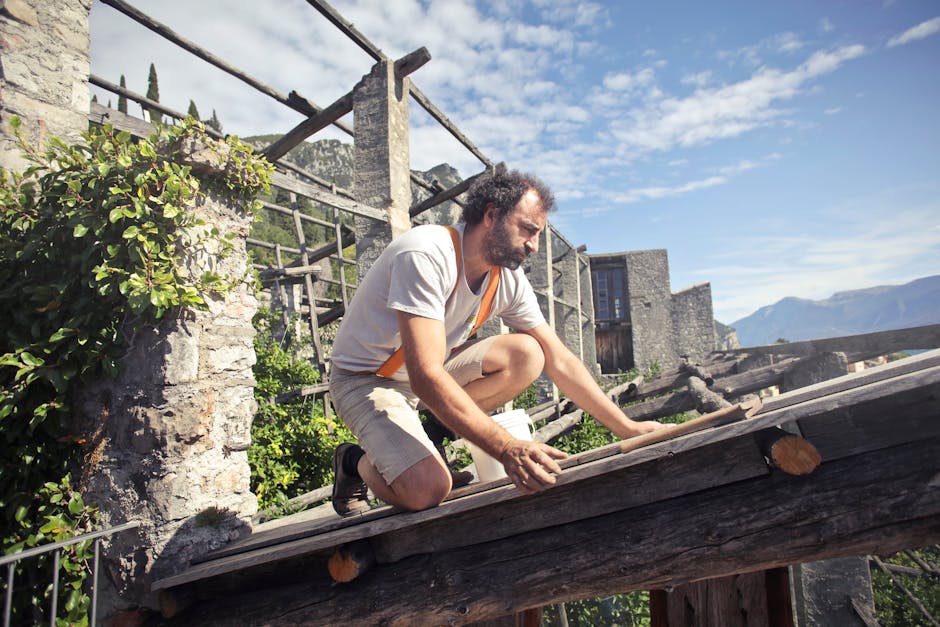Understanding the Costs Involved in Roof Replacement Projects

Roof replacement is a significant home improvement project that involves careful planning and budgeting. Understanding the costs associated with this task is essential for homeowners to make informed decisions and avoid unexpected expenses. The total cost of a roof replacement can vary widely based on several factors, including the type of roofing material, labor costs, and the size and complexity of the roof. This article aims to provide a detailed breakdown of these costs to help homeowners prepare for their roof replacement projects.
Factors Influencing Roof Replacement Costs
The cost of a roof replacement can be influenced by various factors, each contributing to the overall expense. The primary factors include:
- Type of Roofing Material: Different materials come with varying price tags. For instance, asphalt shingles are generally more affordable compared to metal or tile roofing.
- Roof Size and Complexity: Larger roofs or those with complex designs require more materials and labor, increasing the overall cost.
- Labor Costs: Labor rates can differ based on location and the expertise of the roofing contractor.
- Removal of Old Roof: The cost of removing the old roof before installing the new one can add to the total expense.
- Permits and Inspections: Depending on local regulations, permits, and inspections may be required, adding to the cost.
Cost Breakdown by Roofing Material
The choice of roofing material significantly affects the overall cost of a roof replacement project. Below is a table summarizing the average costs per square foot for different types of roofing materials:
| Material | Average Cost per Square Foot |
|---|---|
| Asphalt Shingles | $3 - $5 |
| Metal Roofing | $5 - $12 |
| Tile Roofing | $8 - $15 |
| Wood Shingles | $6 - $9 |
| Slate Roofing | $10 - $20 |
The costs mentioned above are averages and can vary based on quality, brand, and other factors. Asphalt shingles are popular due to their affordability, while slate roofing is among the most expensive options due to its durability and aesthetic appeal.
Additional Costs to Consider
Apart from the primary costs associated with materials and labor, several additional expenses may arise during a roof replacement project:
- Structural Repairs: If there is any damage to the underlying structure, such as rotten wood or damaged insulation, these repairs will add to the overall cost.
- Weatherproofing: Installing underlayment or other weatherproofing materials can increase costs but is essential for protecting your home.
- Disposal Fees: The removal and disposal of old roofing materials can incur additional fees.
- Add-Ons: Features such as skylights, chimneys, or ventilation systems may require special attention and increase labor costs.
- HomeAdvisor.com: Provides detailed cost estimates for various roofing projects, including potential add-ons and their impact on overall expenses.
Budgeting Tips for Roof Replacement Projects
Proper budgeting is crucial for a successful roof replacement project. Here are some tips to help you manage your budget effectively:
- Get Multiple Quotes: Obtain quotes from several contractors to compare prices and services. This helps ensure you get a fair deal.
- ThisOldHouse.com: Offers guidance on hiring reputable roofing contractors.
- Plan for Contingencies: Set aside extra funds for unexpected expenses that may arise during the project.
- Consider Financing Options:If upfront costs are a concern, explore financing options such as loans or payment plans offered by contractors.
- NerdWallet.com : Provides information on financing options for home improvement projects.
A detailed contract outlining all costs and timelines helps prevent misunderstandings and ensures transparency between you and your contractor.
The total cost of a roof replacement project depends on various factors like material choice, roof size, labor rates, and additional expenses. Asphalt shingles offer affordability while slate roofing provides durability at higher prices. Homeowners should consider material types along with associated pros and cons when making decisions.
Remember, proper budgeting includes getting multiple quotes from contractors, planning contingencies for unforeseen issues, exploring financing options if needed, understanding warranty terms offered by contractors or manufacturers. These steps help ensure successful completion within budget without compromising quality or safety standards.
